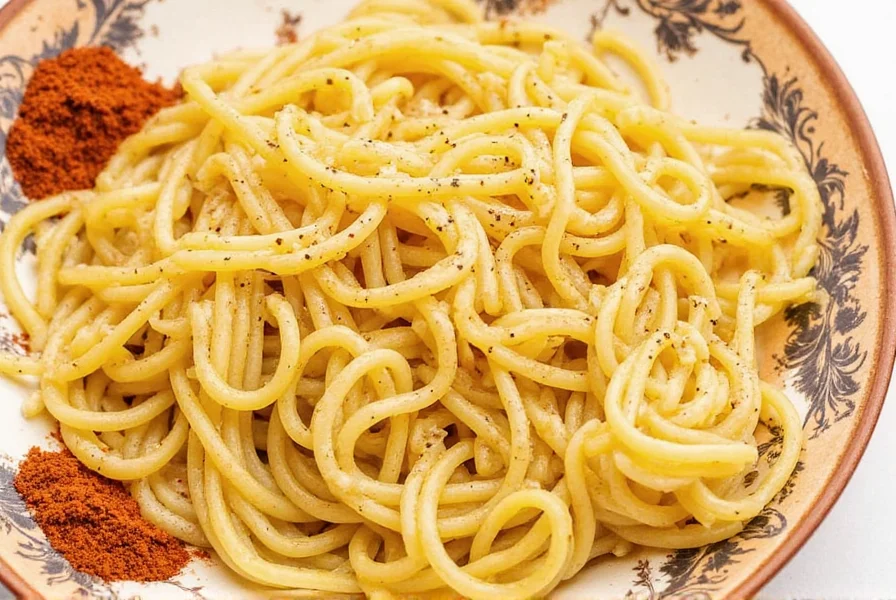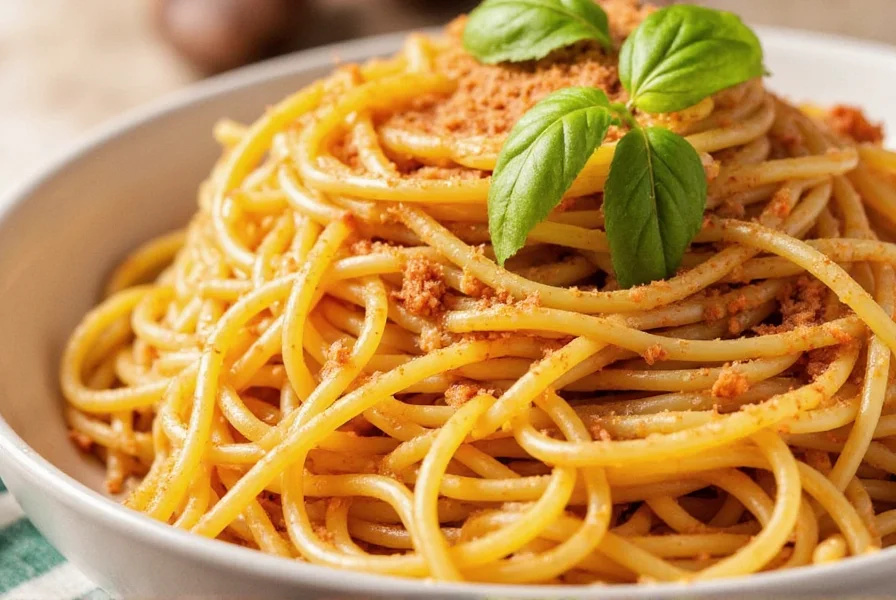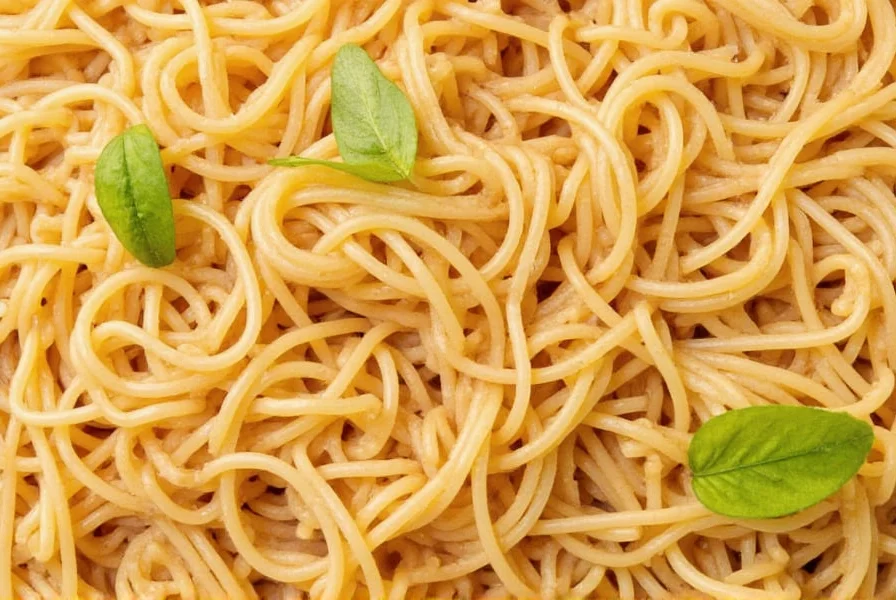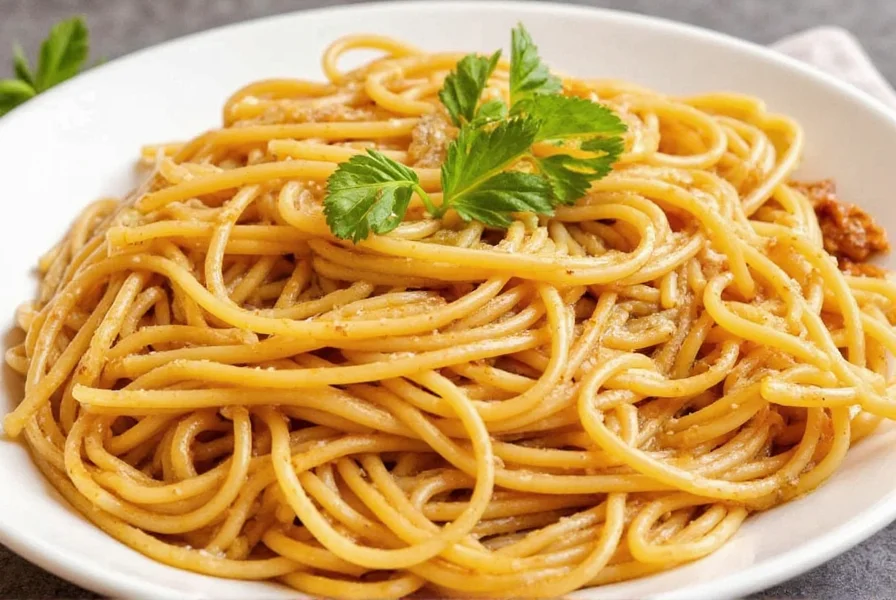How to Make Perfect Spaghetti: A Simple Step-by-Step Recipe
Spaghetti is a beloved Italian dish that’s surprisingly easy to make at home. This foolproof recipe delivers restaurant-quality results in under 30 minutes—perfect for beginners and busy weeknights. Follow these clear steps for tender, flavorful spaghetti every time.

Ingredients for 4 Servings
- 12 oz (340g) dried spaghetti pasta
- 4 cups (1 liter) water
- 2 tbsp (30g) salt
- 2 tbsp (30ml) extra-virgin olive oil
- 4 cloves garlic, finely minced
- 1/4 tsp red pepper flakes (optional for heat)
- 1/2 cup (15g) fresh basil, chopped
- 1/4 cup (25g) grated Parmesan cheese
- Black pepper to taste
Step-by-Step Cooking Instructions
- Boil water: Bring 4 cups of water to a rolling boil in a large pot. Add 2 tbsp salt—this seasons the pasta from within.
- Cook spaghetti: Add spaghetti to boiling water. Stir immediately to prevent sticking. Cook for 8-10 minutes until al dente (firm to bite). Reserve 1/2 cup pasta water before draining.
- Prepare sauce base: While pasta cooks, heat olive oil in a skillet over medium heat. Add minced garlic and red pepper flakes (if using). Sauté for 1 minute until fragrant—do not brown.
- Combine: Drain spaghetti and add directly to the skillet with garlic oil. Toss gently for 1 minute, adding reserved pasta water 1 tbsp at a time to create a silky sauce.
- Finish: Remove from heat. Stir in fresh basil and black pepper. Top with Parmesan cheese and extra basil for garnish.

Essential Spice Tips for Spaghetti
Spices transform simple spaghetti into something extraordinary. Here’s how to use them like a pro:
- Garlic: Always add to cold oil and heat gradually—this prevents bitterness and releases maximum flavor.
- Red pepper flakes: Add early to infuse oil with heat; use sparingly for mild spice or more for bold kick.
- Basil: Stir in at the very end to preserve its bright, fresh aroma—cooking too long turns it brown and dull.
- Black pepper: Freshly ground is best—add after removing from heat for maximum aroma.
| Spice | Flavor Profile | Best Use in Spaghetti | When to Add |
|---|---|---|---|
| Garlic | Savory, pungent | Base for all sauces | Early in cooking (with oil) |
| Red pepper flakes | Spicy, earthy | Marinara, arrabbiata | Early in cooking (with oil) |
| Basil | Fresh, peppery | Finishing touch | After removing from heat |
| Black pepper | Sharp, aromatic | All dishes | After removing from heat |
| Parmesan | Umami, salty | Topper for richness | Just before serving |
Frequently Asked Questions
What’s the secret to perfect al dente spaghetti?
Use a large pot with plenty of water (4 cups per 4 oz pasta), add salt to the boiling water before pasta, and cook for 1 minute less than package instructions. Test by biting—it should have a slight resistance in the center. Reserve pasta water to adjust sauce consistency.
Can I make spaghetti without garlic?
Yes! Skip garlic and use 1 tbsp butter instead for richness. Add a pinch of dried oregano or thyme for depth. For a classic alternative, try aglio e olio (garlic oil) with just olive oil, red pepper flakes, and parsley.
How do I prevent spaghetti from sticking?
Stir immediately after adding pasta to boiling water, use ample water (4 cups per serving), and avoid adding oil to the water—it prevents sauce from clinging. Toss drained pasta with sauce right away—never rinse it.
What spices pair best with tomato-based spaghetti sauces?
For tomato sauces, use dried oregano (1 tsp) and bay leaf (1 leaf, removed before serving) during simmering. Add fresh basil at the end. A pinch of sugar balances acidity. Avoid over-seasoning—let the tomatoes shine.
Master Spaghetti in Minutes
With this simple recipe, you’ll create restaurant-quality spaghetti every time—no fancy tools or hours of cooking needed. Remember: salt your water generously, cook pasta al dente, and finish with fresh herbs for maximum flavor. Experiment with spices to make it your own!












 浙公网安备
33010002000092号
浙公网安备
33010002000092号 浙B2-20120091-4
浙B2-20120091-4